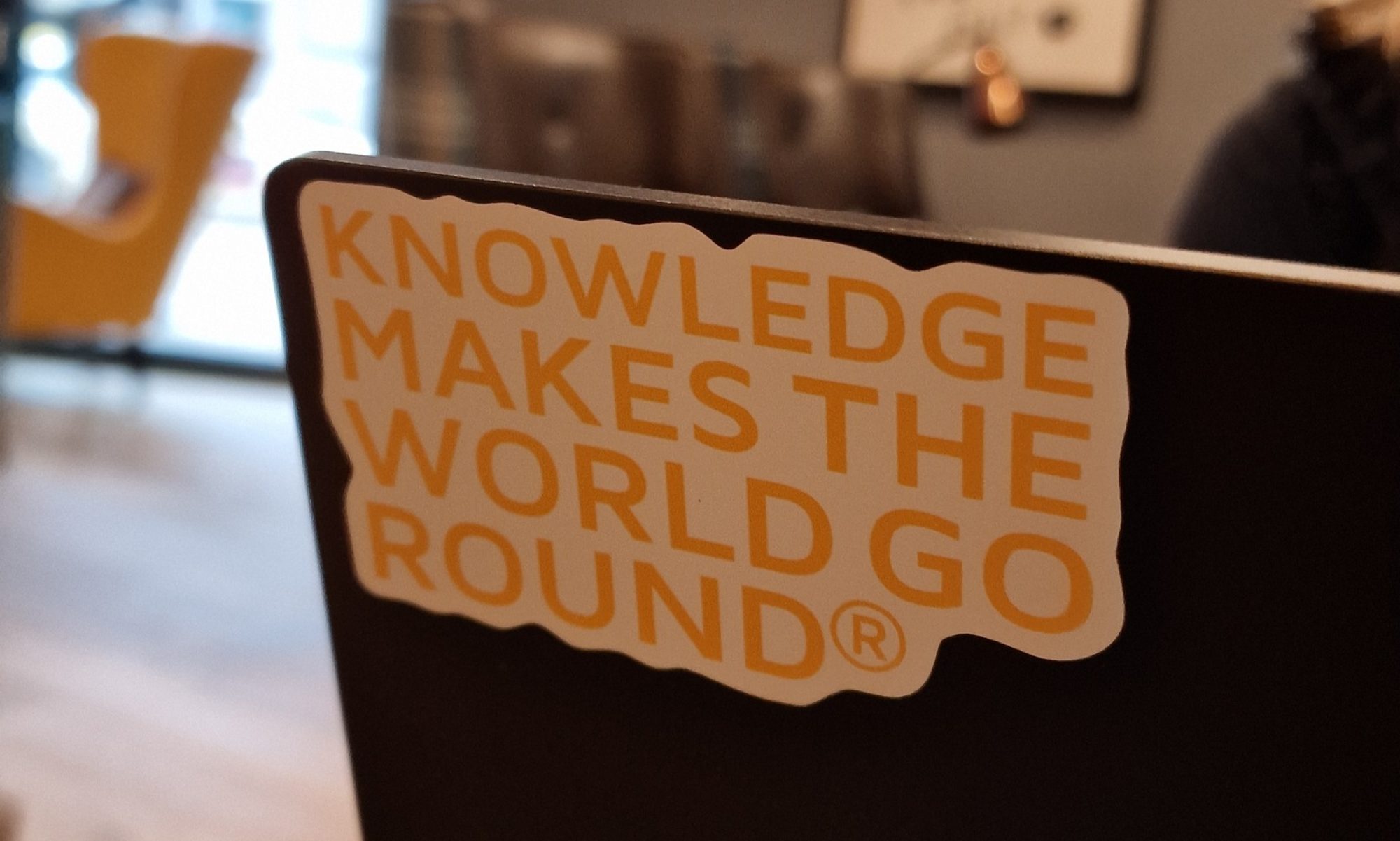 In den Unternehmen ist immer noch die Meinung vertreten, dass man alles Wissen ausdrücken, und damit Externalisieren kann. Polanyi’s paradox—“we know more than we can tell” aus dem Jahr 1966 zeigt allerdings, dass dem nicht so ist:
In den Unternehmen ist immer noch die Meinung vertreten, dass man alles Wissen ausdrücken, und damit Externalisieren kann. Polanyi’s paradox—“we know more than we can tell” aus dem Jahr 1966 zeigt allerdings, dass dem nicht so ist:
When we break an egg over the edge of a mixing bowl, identify a distinct species of birds based on a fleeting glimpse, write a persuasive paragraph, or develop a hypothesis to explain a poorly understood phenomenon, we are engaging in tasks that we only tacitly understand how to perform. Following Polanyi’s observation, the tasks that have proved most vexing to automate are those demanding flexibility, judgment, and common sense—skills that we understand only tacitly” (Autor, D. H. (2015): Why Are There Still So Many Jobs? The History and Future of Workplace Automation Journal of Economic Perspectives—Volume 29, Number 3—Summer 2015—Pages 3–30).
In dem genannten Artikel wird deutlich, dass dieses Tacit Knowledge auch nicht so leicht von Maschinen und Roboter ersetzt werden kann. Dennoch erschließt das Cognitive Computing immer mehr Domänen – auch von Wissensarbeitern.

Copyright © 2015. All Rights Reserved.
